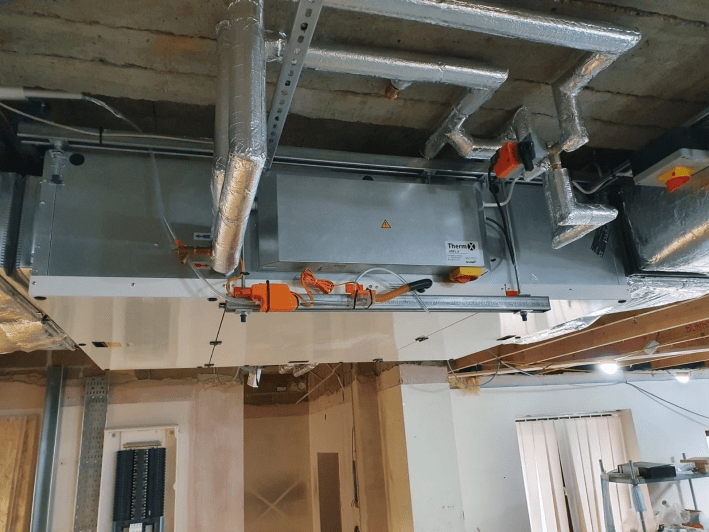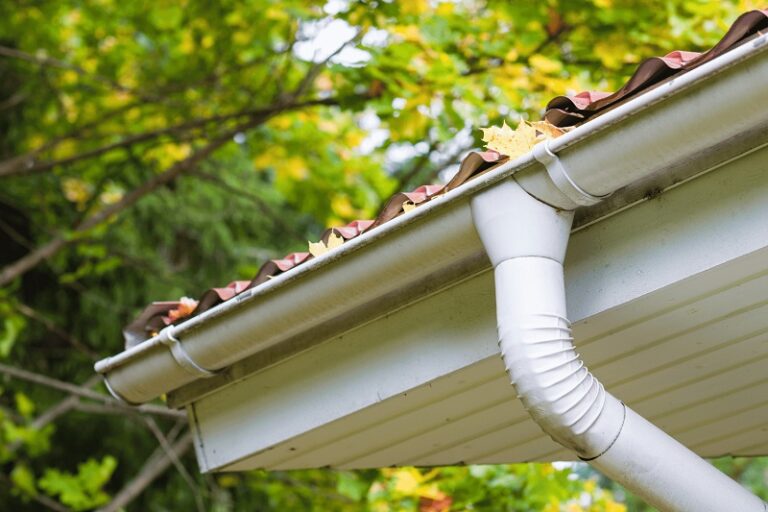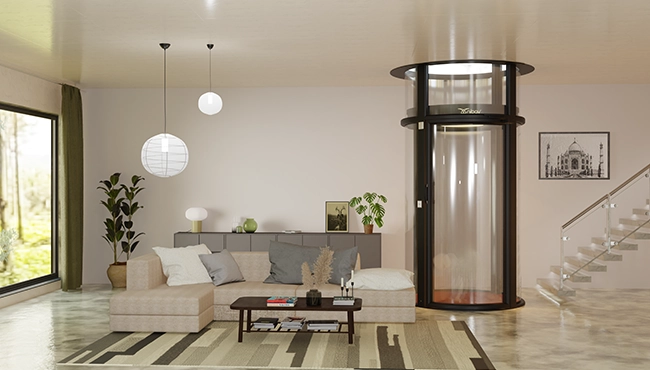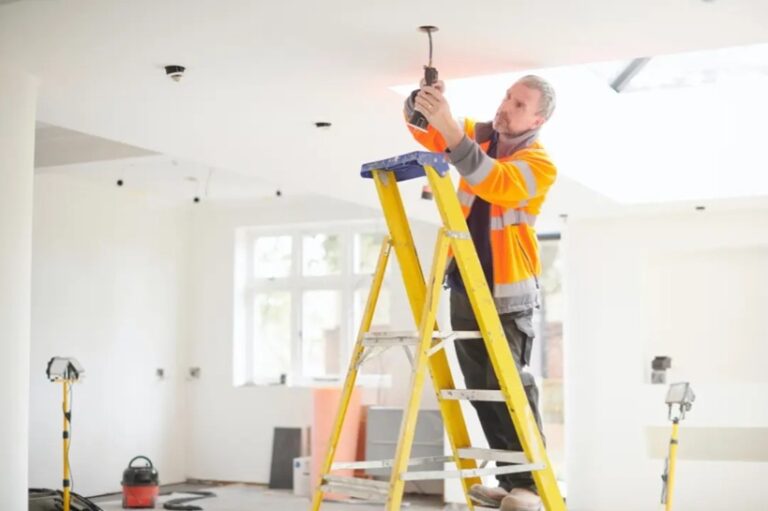
As the name implies, MVHR is a highly energy-efficient ventilation equipment with dual purposes that offer regulated ventilation in specific rooms or locations. Mechanical ventilation involves bringing in fresh, filtered air from outside and extracting stale interior air that may contain allergens, pollutants, odors, and humidity. Heat recovery is the process of recovering heat from removed interior air that would otherwise be wasted and using it to heat incoming fresh air as needed.
Why is MVHR necessary?
The most energy-efficient ventilation system is MVHR (Mechanical Ventilation with Heat Recovery), which continuously provides fresh, filtered air while drawing stale, contaminated air out of the space it serves. This results in a high degree of indoor air quality being maintained.
An MVHR system’s primary function is to recover up to 95% of the heat energy needed to heat the building while removing the heated, stale air from the space and transferring it to the incoming cold, filtered fresh air.
As MVHR systems can lower a building’s heating and cooling requirements and enable businesses to save significant energy, they are quickly emerging as the preferred option for energy-efficient and airtight structures.
One of the main reasons mechanical decentralised heat recovery units are being added to the ventilation system of energy-efficient buildings is because this renewable technology lowers the building’s carbon footprint and continuous heating and cooling requirements. Additionally, MVHR complies with the building rules, which offer guidelines for both domestic and non-domestic buildings on ventilation, air quality, and condensation prevention.
Where is MVHR useful?
There are MVHR installations in a wide variety of locations, including light commercial and industrial settings like retail stores, offices, and hotels. They are very popular in public facilities like hospitals and schools as well. Ensuring that the workplace, where we spend a significant portion of our lives, is comfortable and that the air we breathe is clean and at the proper temperature and humidity is the goal in all situations. The following are the three most typical places that use MVHR units:
- Commercial structures, including retail stores, offices, and other public structures.
- Healthcare facilities include hospitals, clinics, and structures like care homes that are devoted to providing care for the weak.
- Educational facilities such as colleges, universities, academies, and schools.




